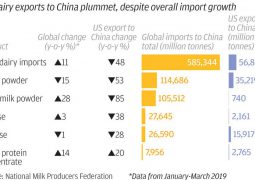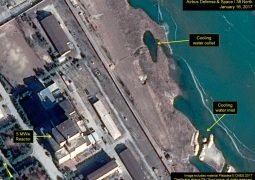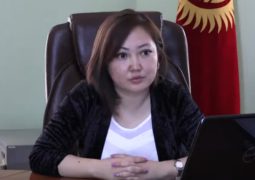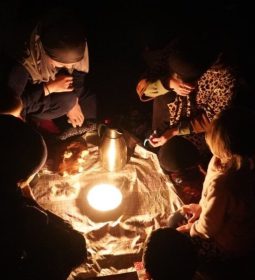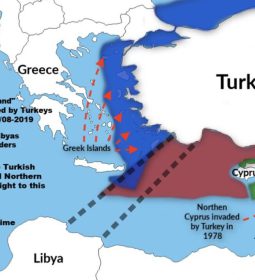US in deal with Marcos Jr. of Philippines to house Afghan Refugees in South East nation
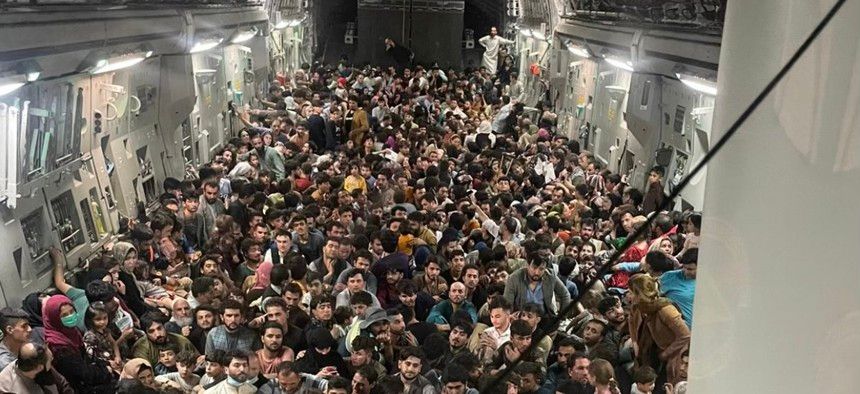
FILE PHOTO: Afghan refugees walk alongside temporary housing in Liberty Village on Joint Base McGuire-Dix- Lakehurst in New Jersey, U.S., December 2, 2021. REUTERS/Barbara Davidson/Pool/File Photo
WASHINGTON (Reuters) – The United States and the Philippines have reached a deal to allow “a limited number” of Afghans to transit through the Philippines to complete processing for special immigrants visas and resettlement to the U.S., the State Department said on Monday, 08/19/2024.

Philippines as refugees’ halfway house
The writer says the Philippines has not experienced dealing with the likes of the Afghan refugees, and that it would be interesting to see how events unfold.
As we face the issue of whether or not the Philippines should accept some 50,000 refugees from Afghanistan that the United States government would be processing before they can become US residents, one cannot help recalling the times our country became a halfway house, a foster home, so to speak, for those fleeing their homelands to seek friendly shores, if not the land oozing with milk and honey of their dreams.
The Philippines was never their country of choice as a final destination, and that sort of hurts the Pinoy ego. Well, but had they stayed, they would have contributed to this country’s population explosion. (No offense meant.) Nonetheless, refugees fleeing their respective countries found a temporary haven in our shores, never mind that their stay was not always problem-free or their accommodation first class.
As I had written in the past, we Filipinos are so accommodating. We always have an extra room and we say there will be enough, we can add water to the soup. But these welcomed aliens eventually leave because they think there are places better than our 7,641 islands. So much for our hospitality. As to those who’ve stayed behind and for good, we could only hope they have found treasures they were not looking for.

Why the Philippines and not our more affluent neighbors as their foster home? In the case of the Vietnamese who fled by boat after the so-called Fall of Saigon in 1975 that ended the decades-old US involvement in the Vietnam War, the Philippines was just across the South China Sea (West Philippine Sea) and an ally of the US. Theirs were perilous boat rides on choppy waters but when they landed, they were not shooed away but were brought to several refugee camps set up by the United Nations High Commissioner for Refugees.
I had written stories about their plight, among them about the ones who had nowhere to go after almost two decades (“Citizens without a country,” 4/16/95) because of factors too lengthy to mention here. And then a happier one about a permanent village in Palawan built by the Catholic Church for those who stayed (“Former Viet refugees say, Thank you, RP” 4/20/98, 4/21/98). I asked about the place the last time I was in Palawan and I was told it was no longer what it used to be. That says a lot.
The Afghan refugees, if we host them, might be different from other refugees the Philippines had hosted in the past. The refugees of yore were mostly ordinary fearful citizens fleeing an oppressive situation, the Jews from Europe, for example, who found a temporary home here during World War II upon the invitation of former president Manuel L. Quezon. Then there were the Vietnamese and some from their neighboring countries, many of whom stayed for almost two decades before they could be settled in another country.
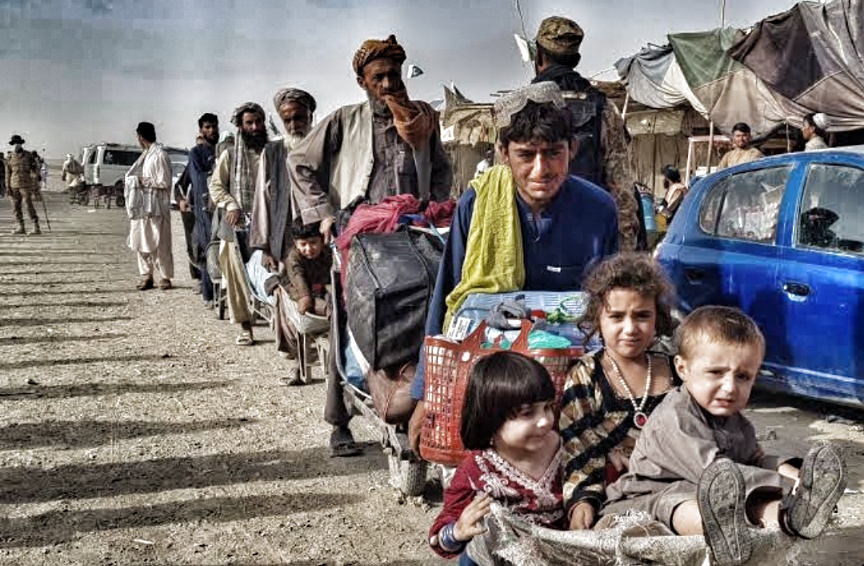
The Afghan refugees would be fleeing extremist Taliban rule and unlike the many Vietnamese who braved dangerous waters, these Afghan refugees would be bodily brought here by the US government. Straight from where? Afghanistan? Or are they already in another country waiting to be transported first by land, then sea or air? What is the process like? Will the 50,000 or so come all at once or by batches? How long will they stay and where? We are in the dark regarding this. And what is the Philippine government’s involvement?
Philippine ambassador to the US Jose Manuel Romualdez told CNN that the US “will pay for everything, including the food, lodging. The reason why the Philippines is a logical place is because, number one, we are obviously an ally of the United States. Number two, the US has a fairly big embassy in the Philippines. It will be a quick processing.” This may sound impertinent, but why not Guantanamo? It is closer to the US mainland.
Now comes the head of the Catholic Bishops’ Conference of the Philippines’ episcopal commission for the pastoral care of migrants and itinerant people, saying that the Philippines should come to the aid of the refugees. The Philippines, commission vice chair Bishop Ruperto Santos said, is a signatory to the United Nations 1951 Refugee Convention and, as Filipinos, it is our duty to extend acts of charity and compassion. He quoted Jesus: “I was a stranger and you welcomed me.”

The Afghan refugees are surely mostly Muslims coming from a very, very restricted society, so unlike Muslim societies in Southeast Asia. Some may be assets of the US forces who have no choice but to run for their lives. We, hospitable Christians and Muslims of this woebegone country, had not experienced dealing with the likes of them. It would be interesting to see how hosting these Afghans will unfold.
- Previous US approves US$3.5 billion sale of military helicopters to South Korea
- Next Kabul will surpasse Rome as tourist destination: Tabliban’s hope






